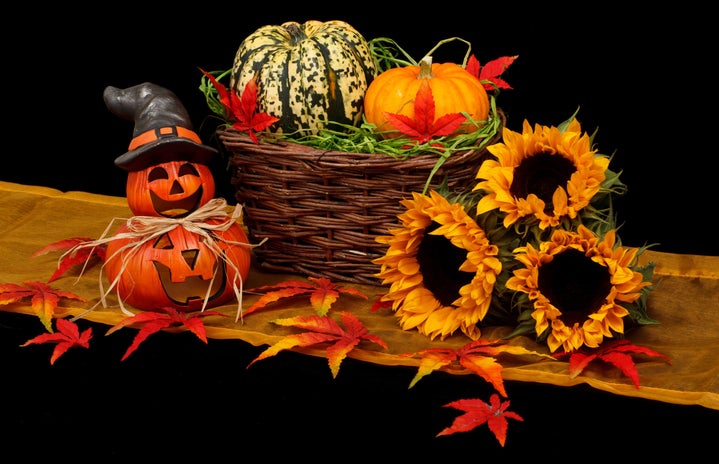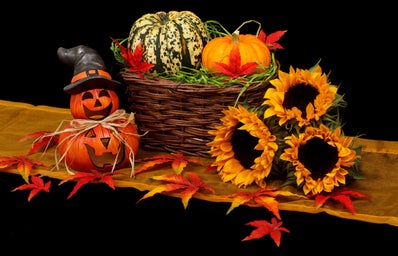Every October 31st people from around the world channel their inner child and celebrate Halloween. Watching terrible quality scary movies with friends, filling up on sugar as if you’ll never eat candy again, and dressing up in either clever or sometimes risqué costumes are staples of the holiday. However, Halloween doesn’t have its roots in these traditions.
Around 2,000 years ago, the ancient Celts celebrated November 1st as their New Year. At this point in the year winter and darker days approach, which the Celts associated with death. This time of year allowed the souls of the dead to travel into the world of the living. With the ability to move amongst the living, the Celts saw a need to help the dead in their journey and keep the living from being affected.
Photo courtesy of Emma’s Trend.
The solution for the Celts was a festival called Samhain. During this festival, Celts would sacrifice animals, vegetables, and fruits in honor of the dead. It was also popular during the festival to wear animal skins and heads as well as to tell the fortunes of other Celts.
Photo courtesy of Paper Castle Press.
However, once the Roman Empire conquered the Celts, Christianity infiltrated Celtic beliefs and rituals. High up Roman Catholic officials deemed Samhain to be evil and thought of ways to make it more Christian-like. Also, the Christianization of traditional pagan holidays made it easier to convert pagans.
When Pope Boniface IV made November 1st All Saints Day, or “All Hallowmas,” the holiday turned into a festival of praying for the dead. Christians would bake soul cakes to give to the poor who in return would pray for dead relatives, inspiring future traditions like trick-or-treating.
What followed were years of uncertainty as to whether the holiday should be celebrated. When Protestantism arose many Protestants didn’t like the idea of a once pagan holiday. However, Halloween became more mainstream again during the nineteenth and twentieth centuries with traditions like carving jack-o-lanterns and going door-to-door in costume for sweets.
Halloween, like a lot of holidays or celebrations, had its roots in pagan practices, but the alterations made by Christianity made the holiday more acceptable for society. So when you decide what costume you’re going to wear or what scary movie you’re going to watch out of pure entertainment, remember that 2,000 years ago this holiday meant more than cheap scares–rather, it was spiritual.


